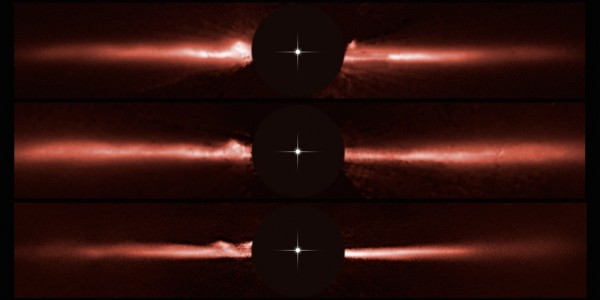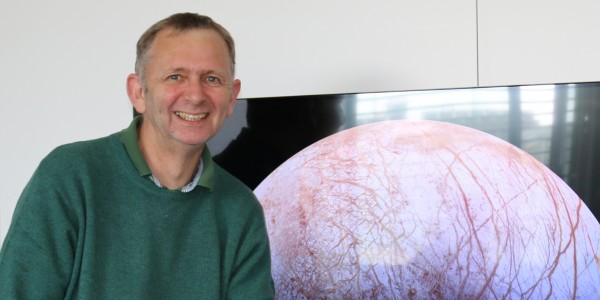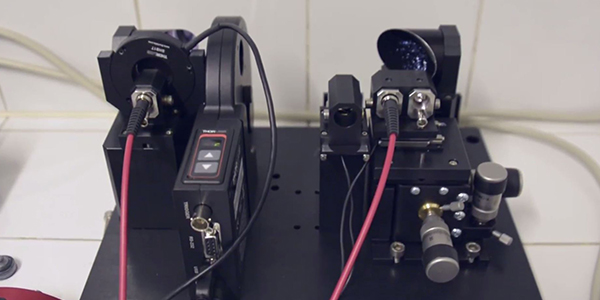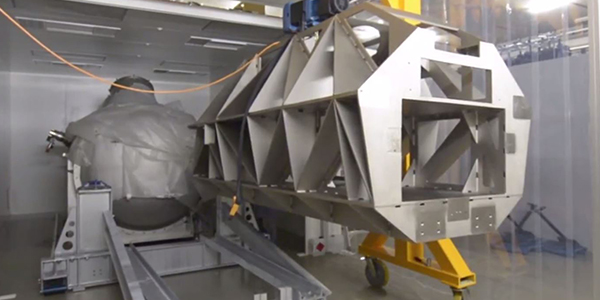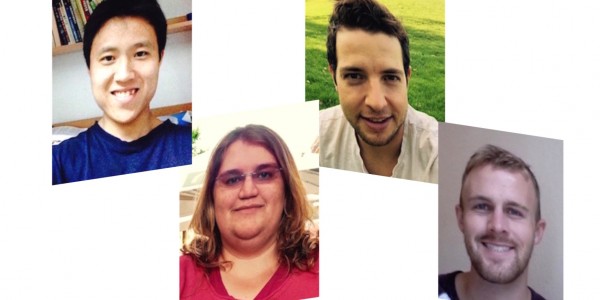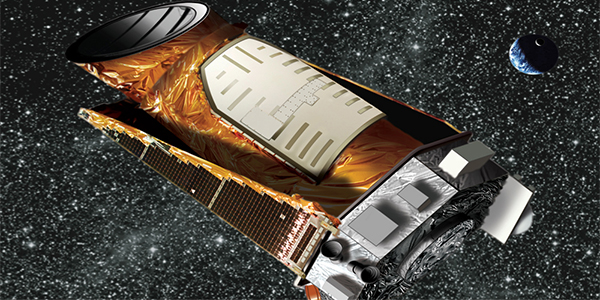News
A journey through Gaussian random fields with a view towards Bayesian optimization.
Lecturer: David Ginsbourger (IDIAP / Uni Bern) Lecture abstract and outline. Gaussian random fields have been used as a flexible and practical family of priors in the context of Bayesian statistics when the parameter of interest is functional. In particular, these priors are now massively used in machine learning as a building block of adaptive […]
Continue ReadingPerforming Bayesian Model Selection with Nested Sampling
Lecturer: Farhan Feroz (Cambridge) Lecture abstract. Astrophysics and cosmology have increasingly become data driven with the availability of large amount of high quality data from missions like WMAP, Planck and LHC. This has resulted in Bayesian inference methods being widely used to analyse observations, but they can be extremely computationally demanding. I will discuss the […]
Continue ReadingBasic MCMC: implementing the Metropolis algorithm.
Lecturer: Daniel Mortlock (Imperial College London) Lecture abstract. Bayesian parameter inference consists of calculating Pr(theta | data, prior), the posterior distribution of the parameters, theta, conditional on whatever data is available (and some prior knowledge). In many situations it is hard to guess from the data what values of parameters are favoured, i.e., where the […]
Continue ReadingStatistical Inference
Lecturer: Adam Amara (ETHZ) Lecture topics. Probabilities: Joint, conditional and marginal -> on the road to Bayes Theorem. Dealing with full probability density functions in the case where a likelihood can be written -> grids, adaptive grids and MCMC. Linear models with Gaussian errors -> Generalised least square or regressions. Understanding the Chi^2 distribution and […]
Continue ReadingMysterious structures
A research team has observed structures racing out from the centre of a young star’s debris disk at high speeds. “It looks as if someone had smudged a freshly painted picture into a wavy line with their finger,” says ETH astrophysicist Christian Thalmann. “We were speechless when we saw the image for the first time […]
Continue ReadingTo the Jovian moon Europa in 2025
Our Solar System has hundreds of thousands of objects from planets down to small asteroids. And, of course, they all have a story to tell about their formation and evolution. However, only a few of these objects show remarkable phenomena that in turn can capture the imagination of both scientists AND the general public. Mars, […]
Continue ReadingThe most stable source of light
To test the accuracy and stability of the CHEOPS photometer, a light source with a variability of less than the 20 ppm is required for the satellite. Since this type of source does not exist on the market, a team of engineers and technicians of the NCCR PlanetS and the University of Geneva has developed […]
Continue ReadingOptical bench of ESPRESSO has arrived
After the arrival of the vacuum vessel that was installed last October 2014 in a temporary clean room, it is now the turn of the optical bench of ESPRESSO to be delivered to the University of Geneva Biotech Campus basement. An optical bench arrived by ship and truck from the Canary Islands in a box […]
Continue ReadingNew members of PlanetS
„I am passionate about exoplanets“, says Helen Giles. „They’re thrilling.“ A research topic that also attracts Kevin Zihlmann, Miles Timpe and Hongping Deng. The four PhD students are new members of the NCCR PlanetS in Geneva, Bern and Zürich. „I want to find out more about the formation of our planet Earth“, says Kevin Zihlmann. „But […]
Continue ReadingDiscover studying with real data
Although it is difficult to compare the Massive Open Online Course (MOOC) on exoplanets with other University of Geneva MOOCs – considering that astronomy studies offer less job prospects than those of management or IT – MOOC Exoplanets has nevertheless been a great success. There were 22,000 registrations, 12,000 were “present” and 1,100 have answered […]
Continue Reading
